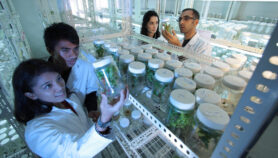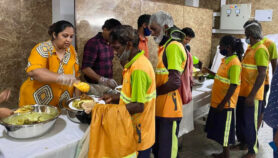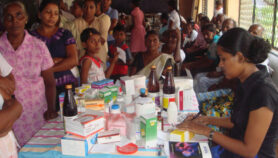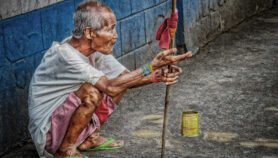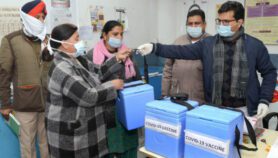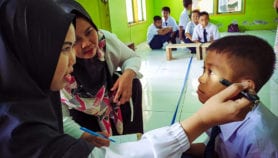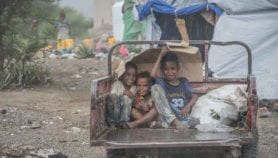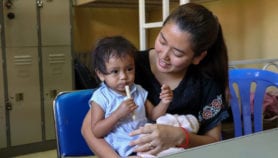26/05/22
One-time boost with cow, cash eases poverty — study

By: Sanjeet Bagcchi
Send to a friend
The details you provide on this page will not be used to send unsolicited email, and will not be sold to a 3rd party. See privacy policy.
[NEW DELHI] Removing chronic poverty in developing countries may be as simple as providing a one-time capital boost to help individuals gather assets, find suitable jobs and run small businesses, says a long-term study carried out in rural Bangladesh.
According to the World Bank, poverty is a major cause of ill-health and limits access to health care and adequate nutrition. “Ill-health, in turn, is a major cause of poverty. This is partly due to the costs of seeking health care, which include out-of-pocket spending on care, transportation costs and informal payments to providers,” the bank noted.
“As households improve their economic lives, improvements in health can be expected”
Anton Heil, London School of Economics
Results of the research, published May in The Quarterly Journal of Economics, suggest that people who are extremely poor usually face a “poverty trap” where the initial lack of resources stops them from improving their circumstances.
However, the transfer of an asset such as a cow may be enough for some households to transform domestic servants or laborers into farmers and small livestock businessmen, and engage in a profitable activity such as rearing livestock that brings in far more income, indicated the study that involved 23,000 households in 1,309 villages.
“Our study did not directly speak to the healthcare situation in Bangladesh [though it] targeted the poorest, most marginalised women of rural Bangladesh — their economic situation likely impairs their health directly and precludes them from accessing health services,” said Anton Heil, co-author of the study and a research manager with the London School of Economics, UK.
“As households improve their economic lives, improvements in health can be expected,” Heil told SciDev.Net.
The study project included a specific anti-poverty programme covering 6,000 poor rural households: women in half of those households were offered a one-time ‘asset transfer’ of about US$500 accompanied by training and support in 2007. The rest served as a control group after 2011, with surveys of the households conducted in 2007, 2009, 2011, 2014, and 2018.
“In summary — and with the caveat that this goes beyond the narrow focus of our study — I believe that both cash and asset transfer programmes can have positive health impacts if they cause a meaningful improvement in beneficiaries’ economic lives,” said Heil.
“However, a direct and systemic approach targeted at universal health coverage [here, all individuals and communities get required health services without facing financial hardship] and improvements in the healthcare system may hold great promise compared to interventions targeted at the individual or household,” he said.
“After four years, the earnings of the women increased by 37 per cent, consumption rose 10 per cent, ownership of household durables increased 110 per cent, and extreme poverty (those living on under $US1.25 per day) declined by 15 per cent, compared to the control group,” the study said.
“One should not forget factors apart from the transfer of the assets, including training, food ration, community support and health services,” said Mushtaque Chowdhury, former vice-chair of the Bangladesh Rural Advancement Committee, a non-governmental organisation.
“I think the existing ‘health systems’ [in Bangladesh] played an important role [too] — it is well acknowledged that every year health shocks push about 2 to 3 per cent of the population into poverty (about 4 to 5 million people),” Chowdhury told SciDev.Net.
“Any intervention that purports to deal with extreme poverty must consider health services as an important component,” he said.
This piece was produced by SciDev.Net’s Asia & Pacific desk.





